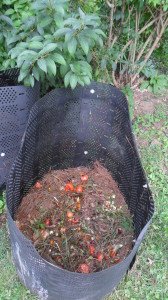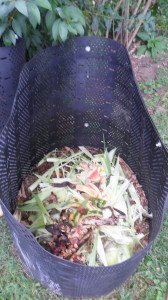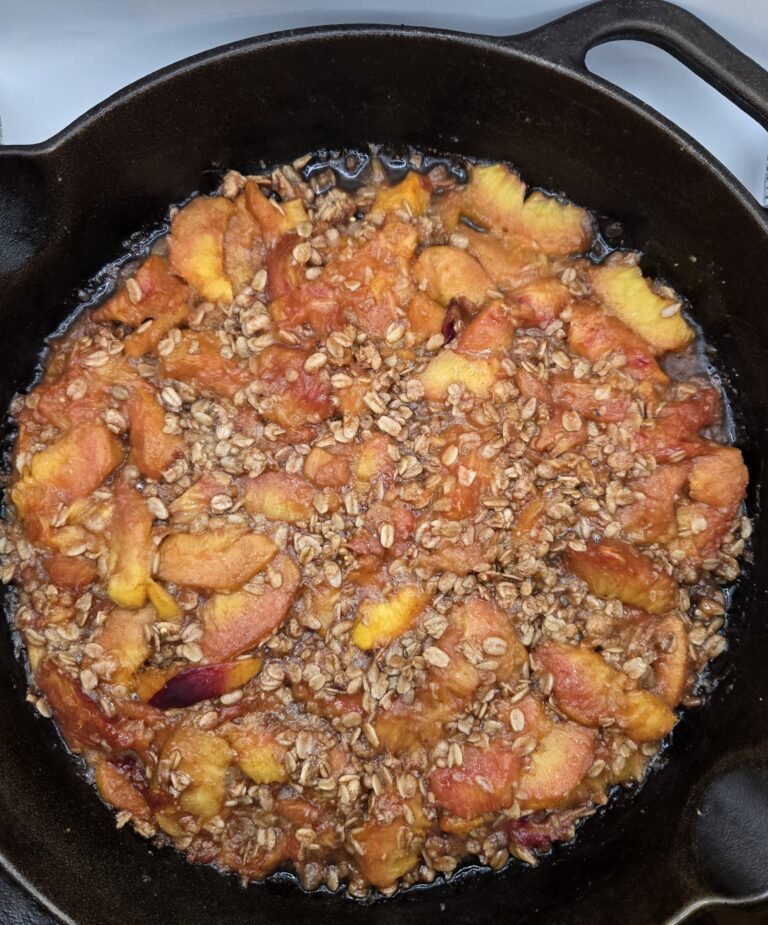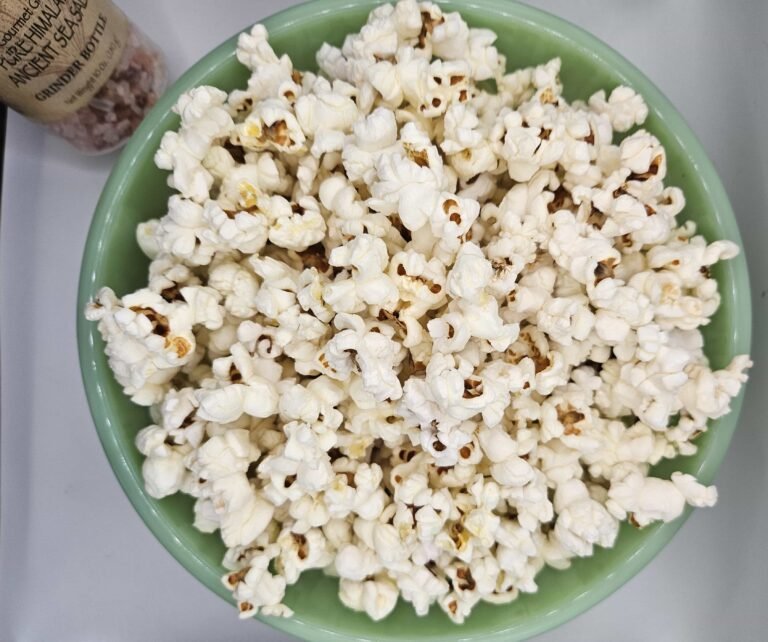Food scraps and yard waste currently make up 20 to 30 percent of what we throw away, and should be composted instead. Making compost keeps these materials out of landfills where they take up space and release methane, a potent greenhouse gas. All of your non-meat food waste — from coffee grounds and eggshells to vegetable scraps, pasta and bread — and much of your lawn waste, can be turned into rich compost for your lawn and garden. To collect food scraps, my mother-in-law gave me my kitchen compost container for Mother’s Day. I saw them online for $10-$40 depending on appearance, but you could also use a pot with a lid on it. If it’s warm out, you’re better off setting it outside until you clean it out, so that you don’t get fruit flies.
Outdoor compost containers vary widely by type and cost. You can also make your own, or pick up a free one from the sanitation department, depending on where you live. The EPA provides information on composting by state. In some counties (like Montgomery and Howard), residents can pick up an eight pound, rolled-up bin and assemble it at home. They last 5-10 years, depending mainly on what kind of wildlife you have chewing on them, are easy to assemble, and the county recycles them when you need a new one.
Just like we all got used to recycling or returning cans, or taking reusable bags to the grocery store, composting food scraps is another step. We’ve gotten pretty good at composting at our house, for example, when Tony takes lunch in a plastic dish, if he has a banana peel or any other food scraps afterward, he brings them home in the plastic dish to put them in the compost. I keep a plastic container with a lid in my office and any time during the week when I have something like a tea bag or orange peels, I put them in there and then bring home the container of Friday and dump it in the compost.
Honestly, I have found that composting is NOT a no-brainer. The compost needs heat, water, and often needs stirring. If you make a pile of leaves, even if they get wet, a year later you only have a very compact pile of matted leaves. It doesn’t magically turn to black gold on its own. Now I layer the indoor food compost and other ‘green’ matter, like fresh grass clippings, with ‘brown’ matter, like dried up leaves and brush. I had a very high percentage of pine needles in my compost that were not decaying well, and I finally added some compost accelerator that I got at the hardware store to get things started. I also really mixed the pine needles with other matter over the course of the summer. In the photos above and below, I’m showing a free compost bin from the county during the layering process. You could also let one bin decay through the summer, while you’re adding your fresh waste to a second bin.

I’ve shown you how large my in-laws’ gardens are and they use a lot of compost. My father-in-law says that stirring the compost is the secret. If you buy an expensive compost bin, it’s like a barrel with holes in it that you can turn. So the compost gets the two things it needs the most: aeration and stirring. But you can take a pitchfork and regularly mix the compost for free. If you don’t make enough compost for the size of your garden, you can also contact your county waste department on how to pick some up from them.
We’ll keep at it until it freezes and then see what we have to work with when we start gardening in the spring. Even though you rarely have food waste when you’re using the meal planner calendar, at least when you do, it goes into the compost to benefit your garden later instead of going into the trash. Also, the smaller the pieces are that you put in, the better they will compost – don’t throw in a whole corn cob. Some other day I’ll show how to use some of what you may consider waste for vegetable broth.
[1] United States Environmental Protection Agency, 2014. http://www2.epa.gov/recycle/composting-home





